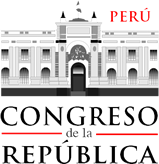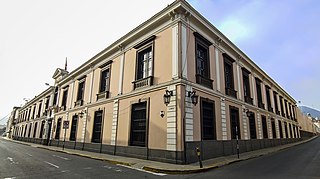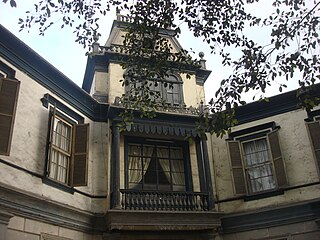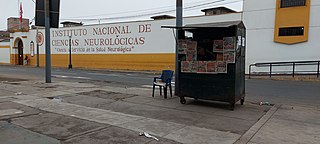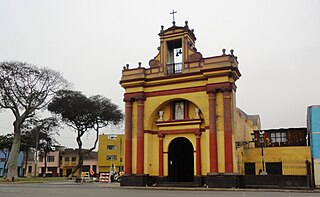Self-guided Sightseeing Tour #9 in Lima, Peru
Legend
Guided Free Walking Tours
Book free guided walking tours in Lima.
Guided Sightseeing Tours
Book guided sightseeing tours and activities in Lima.
Tour Facts
4.3 km
17 m
Experience Lima in Peru in a whole new way with our free self-guided sightseeing tour. This site not only offers you practical information and insider tips, but also a rich variety of activities and sights you shouldn't miss. Whether you love art and culture, want to explore historical sites or simply want to experience the vibrant atmosphere of a lively city - you'll find everything you need for your personal adventure here.
Activities in LimaIndividual Sights in LimaSight 1: Museo de Sitio Parque de La Muralla
The Park of the Wall is a public park located in the central district of Lima, Peru. It was inaugurated in 2004. Within its extension is part of the former Walls of Lima. The park is located between the Rímac River and the historic centre of Lima.
Sight 2: Francisco Pizarro
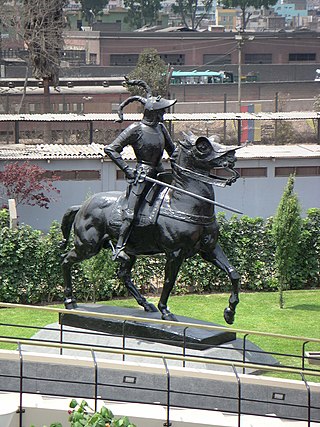
The Monument to Francisco Pizarro is an equestrian statue, made by the American artist Charles Cary Rumsey, located in Lima as a tribute by the municipality to the founder of the city, the conquistador Francisco Pizarro.
Wikipedia: Estatua ecuestre de Francisco Pizarro (Lima) (ES)
Sight 3: Basílica de San Pedro
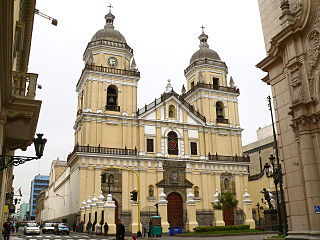
The Basilica and Convent of Saint Peter, formerly known as Basilica of Saint Paul after the school of the same name, is a Catholic church located in the historic centre of Lima, Peru.
Sight 4: Chinatown Gate
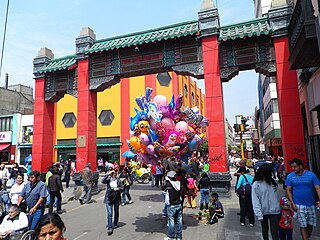
The Chinese Arch, also known as the Chinese Portal, is a paifang located at the entrance of Lima's Chinatown.
Sight 5: José Faustino Sánchez Carrión
José Faustino Sánchez Carrión was a pro-independence politician from Peru. Also known as the "Solitario de Sayán", he had a decisive role in the establishment of the republican system of government in post-independence Peru. He was one of the writers of the first political constitution of Peru, of liberal tendencies. He later participated in the diplomatic mission which traveled to Guayaquil to invite Simon Bolivar to Peru. He died prematurely, victim of an unknown sickness.
Sight 6: Congreso de la República
The Congress of the Republic of Peru is the unicameral body that assumes legislative power in Peru. Due to broadly interpreted impeachment wording in the Constitution of Peru, the President of Peru can be removed by Congress without cause, effectively making the legislature more powerful than the executive branch. Following a ruling in February 2023 by the Constitutional Court of Peru, the body tasked with interpreting the Constitution of Peru and whose members are directly chosen by Congress, judicial oversight of the legislative body was also removed by the court, essentially giving Congress absolute control of Peru's government. Since the 2021 Peruvian general election, right wing parties held a majority in the legislature. The largest represented leftist party in Congress, Free Peru, has subsequently aligned itself with conservative and Fujimorists parties within Congress due to their institutional power.
Sight 7: Museo Numismático del Perú
The National Mint of Peru, also known as the Mint of Lima, is a mint located in the neighbourhood of Barrios Altos, in the city of Lima, Peru. Its origin dates back to 1565.
Sight 8: Quinta Heeren
The Quinta Heeren, formerly known as the Quinta del Carmen, is one of the first private residence condominiums built in Lima around the 1880s.
Sight 9: Museo de Neuropatología
The "Óscar Trelles Montes" National Institute of Neurological Sciences, also known by its former names Saint Turibius of Mogrovejo Hospital and Hospital for Incurables, is a public specialised hospital centre administered by the Ministry of Health of Peru. It is dedicated to specialised care in neurology, neurosciences and neurosurgery; and is also dedicated to research and teaching. Founded in the viceregal era with a Royal Decree of August 26, 1700, as the Refuge for Incurables on Maravillas Street. It is located in the neighbourhood of Barrios Altos, part of Lima District.
Sight 10: Santo Cristo
The Church of the Holy Christ of Wonders is a Catholic church located at the junction of Jirón Áncash and Sebastián Lorente Avenue. Located in the neighbourhood of Barrios Altos. It is part of the historic centre of Lima, Peru. It is named after the devotion of the same name.
Share
How likely are you to recommend us?
Disclaimer Please be aware of your surroundings and do not enter private property. We are not liable for any damages that occur during the tours.
GPX-Download For navigation apps and GPS devices you can download the tour as a GPX file.

